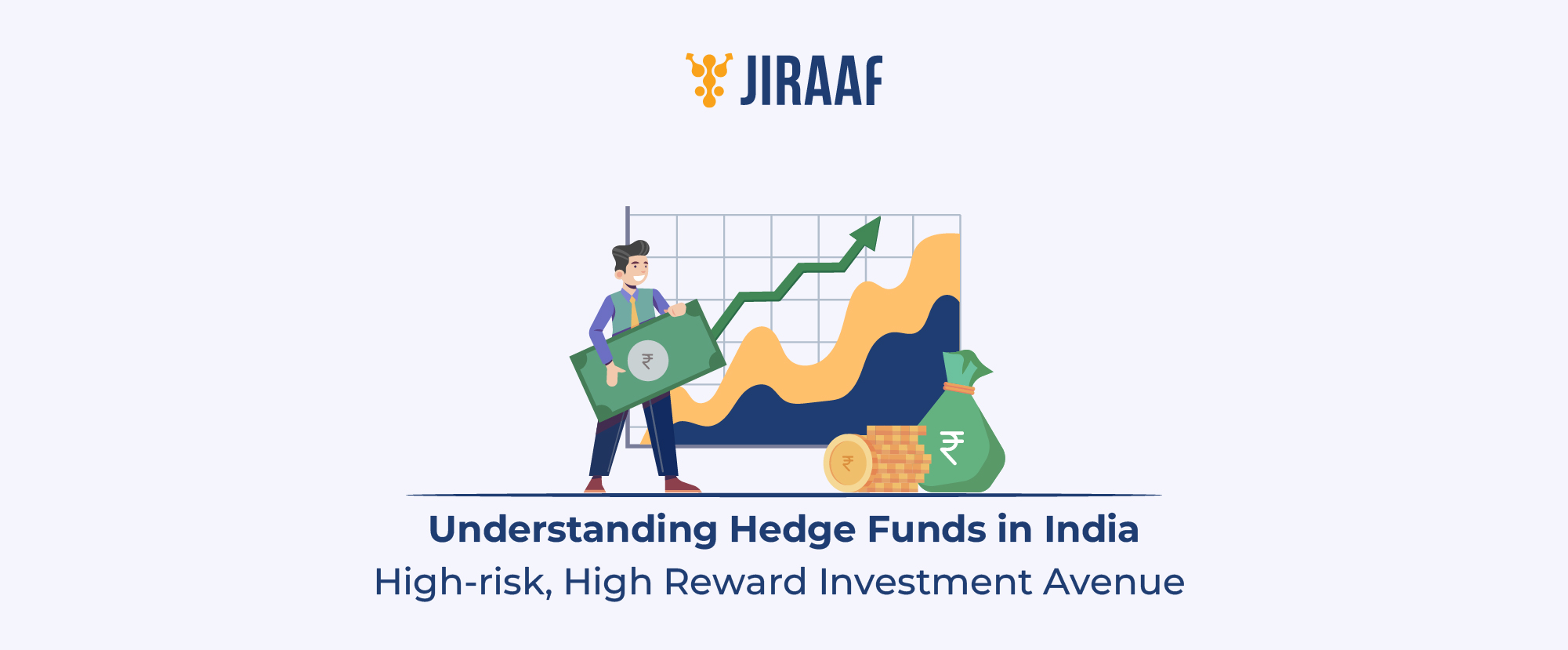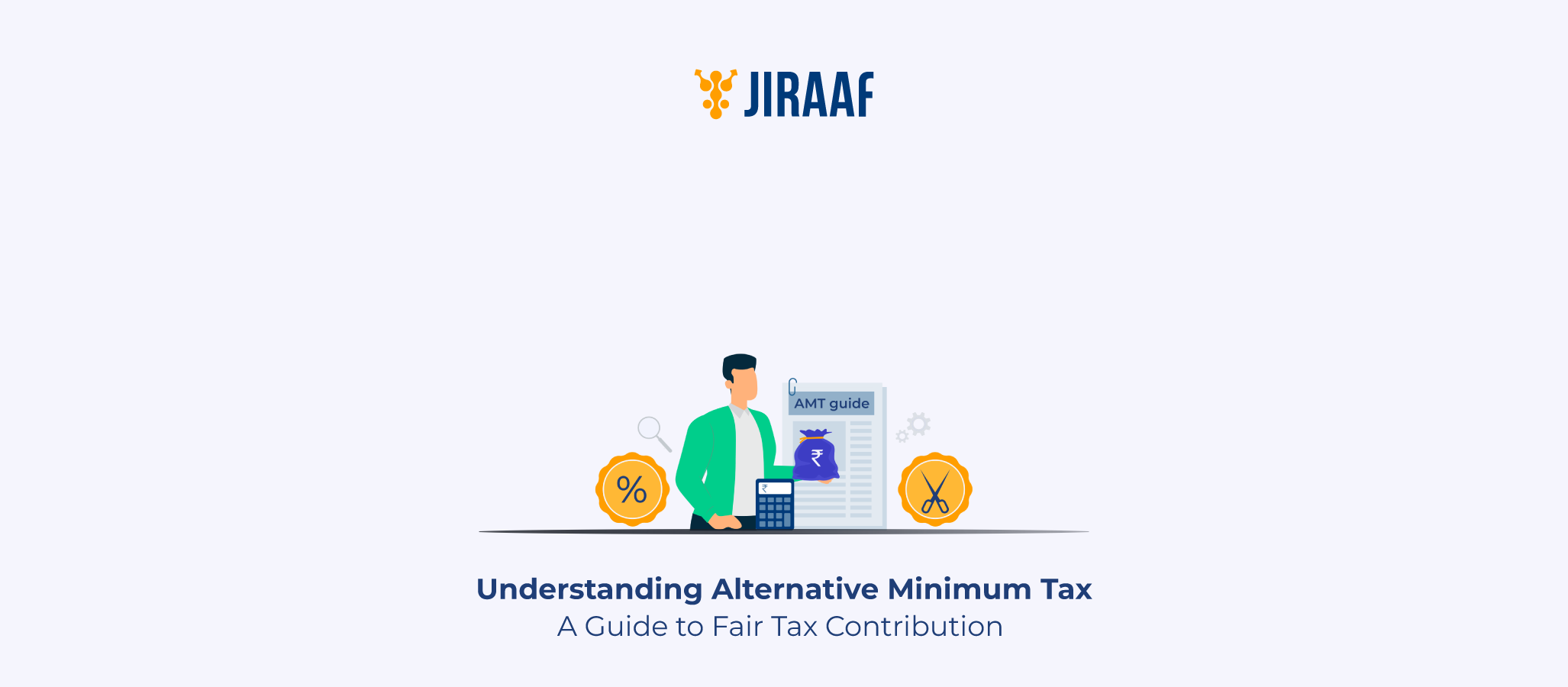Investing is no longer just for seasoned traders—mutual funds have made it accessible to everyone. Among them, passive mutual funds have gained popularity for their simplicity. They mirror the market’s performance, offering investors an easy pathway to create wealth.
In this blog, we’ll cover everything you need to know—meaning, working, features, advantages, risks, and suitability of passive mutual funds in India. By the end, you’ll have clarity on whether they fit your financial goals.
Passive Mutual Funds: Meaning
Passive mutual funds are mutual funds that aim to replicate the performance of a specific index rather than beat it. Passive funds invest in the exact same securities and proportions as their benchmark index. For example, if you invest in a Nifty 50 index fund, your money will be distributed across all 50 companies in the same weightage as the index. The objective is not to outperform the market but to deliver returns closely aligned with the index itself.
Transparent, predictable, and cost-effective, these funds eliminate the dependency on a fund manager’s expertise, making them especially appealing to investors seeking long-term, stable, and market-linked growth with minimal interference.
How do Passive Mutual Funds Work?
The working of passive mutual funds in India is simple and transparent. These funds replicate a chosen index, such as the Nifty 50, Sensex, or Nifty Next 50, by investing in all the securities that make up the index. The proportion of each stock in the fund matches its weight in the index—for instance, if Reliance Industries has a 10% weight in Nifty 50, the fund allocates 10% of its assets to it. Passive funds do not engage in frequent trading; portfolio adjustments occur only when the index itself changes, such as when companies are added or removed, ensuring the fund continues to mirror the market accurately.
Key Features of Passive Mutual Funds
These are some features that make passive mutual funds unique.
- Index Tracking: The fund’s portfolio mirrors a benchmark index such as Nifty 50, Sensex, or even international indices like the S&P 500.
- Lower Expense Ratios: With no stock-picking research, management fees are much lower compared to other funds.
- Broad Diversification: By tracking an index, you automatically gain exposure to a wide range of sectors and companies.
- Reduced Manager Risk: Performance doesn’t depend on a manager’s decisions but solely on the market index.
- Transparency and Predictability: Investors know precisely what they are investing in, as the portfolio is identical to the index.
Let’s now explore how these benefits translate into real-world advantages.
Advantages of Passive Mutual Funds
Passive mutual fund investing brings several benefits to investors.
- Cost Effectiveness
One of the biggest attractions of passive funds is their low expense ratio. Active funds often charge higher fees (1–2%) because of research and frequent trading. Passive funds, on the other hand, usually charge less than 0.5%. Over long-term horizons, this difference can significantly impact your wealth.
- Tax Efficiency
Since passive funds have a low portfolio turnover, investors don’t face frequent capital gains tax liabilities. This makes them more tax-efficient than actively managed funds.
- High Transparency
With a passive fund, you know exactly what you’re investing in. For example, if you choose a Nifty 50 index fund, the holdings are no secret — they are identical to the index. This clarity helps investors build trust and plan better.
- Rupee Cost Averaging
By investing through Systematic Investment Plans (SIPs), you can benefit from rupee cost averaging. When markets fall, your SIP buys more units; when they rise, it buys fewer. Over time, this helps smooth out volatility and build wealth gradually.
With such substantial advantages, passive funds seem like a clear winner.
But like any other investment, they come with their own limitations.
Limitations and Risks of Passive Mutual Funds
While passive funds offer simplicity and cost benefits, they do come with their own risks:
- Inability to Outperform the Market
The most significant limitation is that passive funds can never beat the market — they only mirror it. So, if the index delivers 8%, your return will likely be slightly lower after fees.
- Index Concentration Risk
If a few large companies dominate the index, the fund becomes heavily reliant on them. For example, the Nifty 50 has a high weightage in the financial and energy sectors, so any downturn in these areas can drag down the entire fund
- Underlying Benchmark Limitations
Since the fund strictly follows its index, if the benchmark underperforms, your portfolio suffers the same fate.
- Overvalued Stocks
An index doesn’t evaluate whether a stock is undervalued or overvalued—it just includes the most prominent companies by market cap. This means you might end up investing in overpriced stocks.
- Tracking Error
Though rare, the fund’s performance may slightly deviate from the index due to fees, rebalancing delays, or cash holdings. This is known as tracking error.
Understanding these risks sets realistic expectations—but are passive funds still worth including in your portfolio?
Final Takeaway: Should You Invest in Passive Mutual Funds in India?
Passive mutual funds are an easy, low-cost way to invest in the market without constant monitoring. They track an index, so returns move with the market—no promises of beating it, but no extra risk from a manager’s decisions either. Their low fees and clear structure make them a steady option for beginners and long-term investors. Paired with other investments, they can help spread risk and grow wealth over time.









